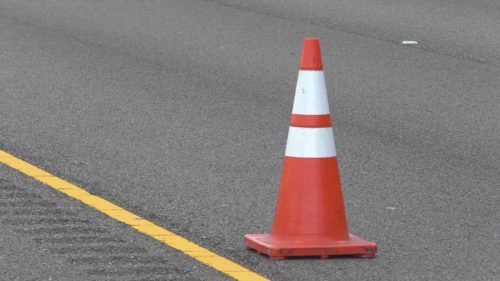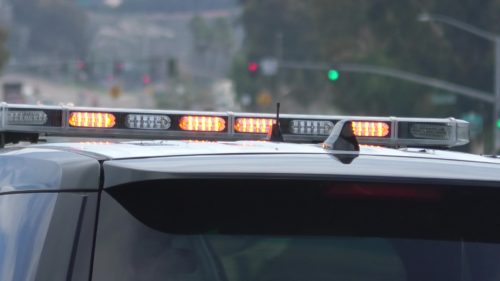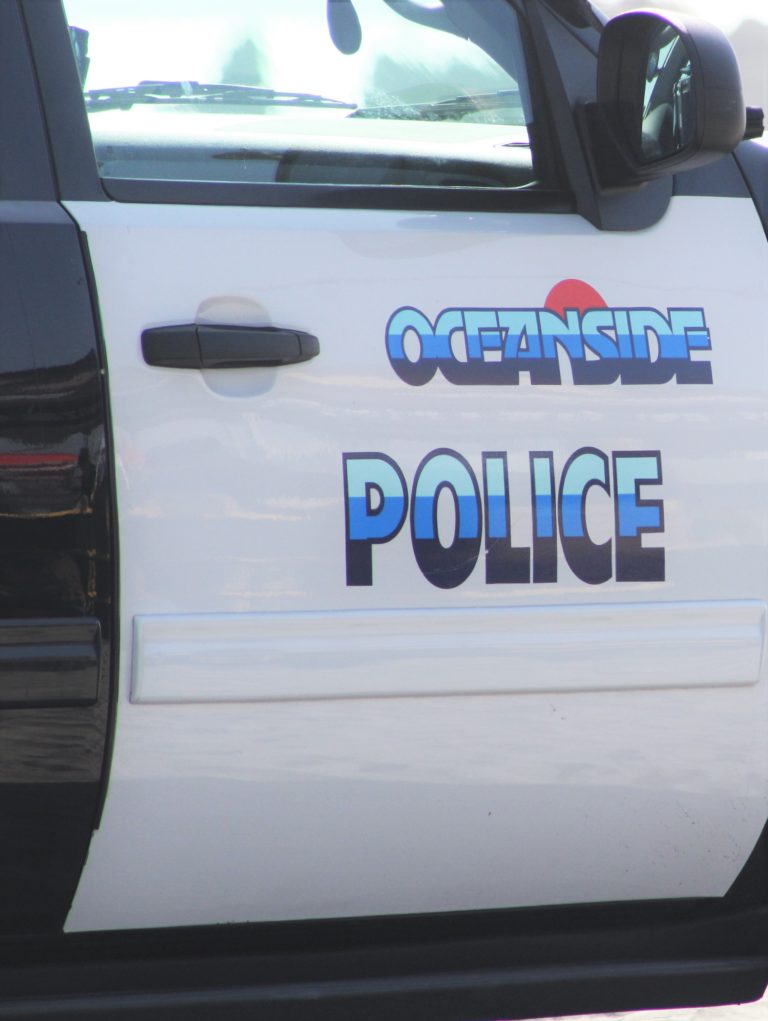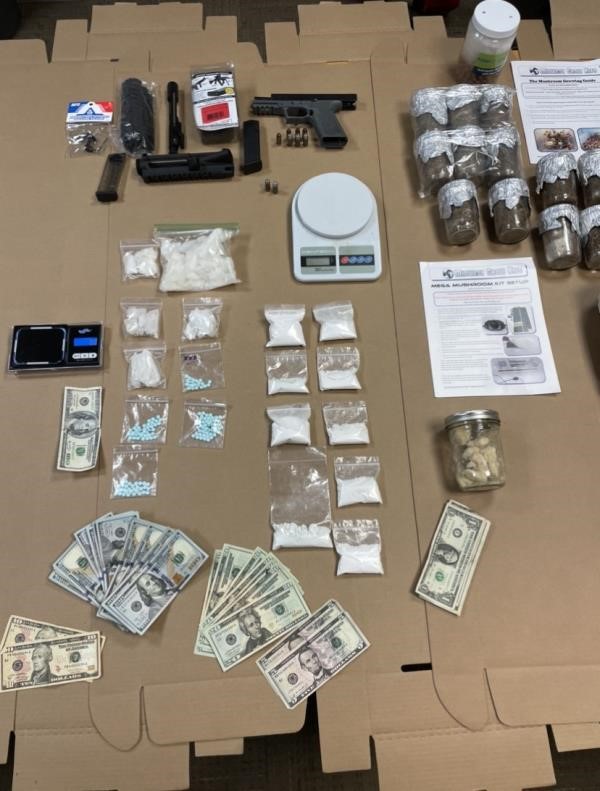San Diego begins new road repair projects
By SDCN Editor
This week, the city will begin resurfacing streets in and around Clairemont Mesa, Mission Hills, Pacific Beach, Point Loma, and Bay Park.
Slurry seal is used to prevent the deterioration of streets, which is vital to improving the overall condition of San Diego’s network of roads. It reduces the need for a more costly asphalt overlay and reconstruction for badly deteriorated streets. Information about different types of street repair can be found on the Transportation webpage.
Slurry seal is often completed in phases over several days or weeks. Multiple slurry seal projects are happening across the city simultaneously and are often coupled with other upgrades to increase safety and mobility for all modes of transportation. The first street to be slurry sealed as part of this project will be University Avenue from First Avenue to Fifth Avenue and the resurfaced roadway will then be striped with a separated Class IV Cycle Track in subsequent weeks.
The latest work as part of Slurry Seal Project 2323 will be completed, weather permitting, through January. The roads resurfaced are University Avenue, Randolph Street, Plumosa Way, Sierra Vista, West Montecito Way, Fort Stockton Drive, Temecula Street, Mentone Street, Valeta Street, West Arbor Drive, Fort Stockton Drive, Loma Pass, Sheridan Avenue, Rialto Street, Clovis Street, Camulos Street, Montalvo Street, Soto Street, Alameda Drive, Aloha Place, Whitman Street, Guizot Street, Bay Summit Place, Edison Street, Penrose Street, Jellett Street, Tokalon Street, Cowley Way, Deerpark Drive, September Street, Dawes Street, Olney Street, Illion Street, Gesner Street, Field Street, Field Court, and Grandview Street.
Slurry seal is a cost-effective pavement preservation method consisting of asphalt emulsion, sand, and rock. This mixture is applied to the street surface at an average thickness of a quarter inch and extends the life of already in-good-conditioned streets.
Streets are selected for resurfacing through a pavement management system that helps determine when to schedule streets. Each street segment is assigned a Pavement Condition Index (PCI) score based on the pavement’s roughness and cracks.
To prioritize street paving, the PCI is used in conjunction with other factors, such as traffic volume, road type, equity, climate resiliency, mobility, maintenance history, other construction projects, and available funding. Repairs are often grouped within a neighborhood to include streets in similar conditions or performed after other projects, such as pipeline replacement.







